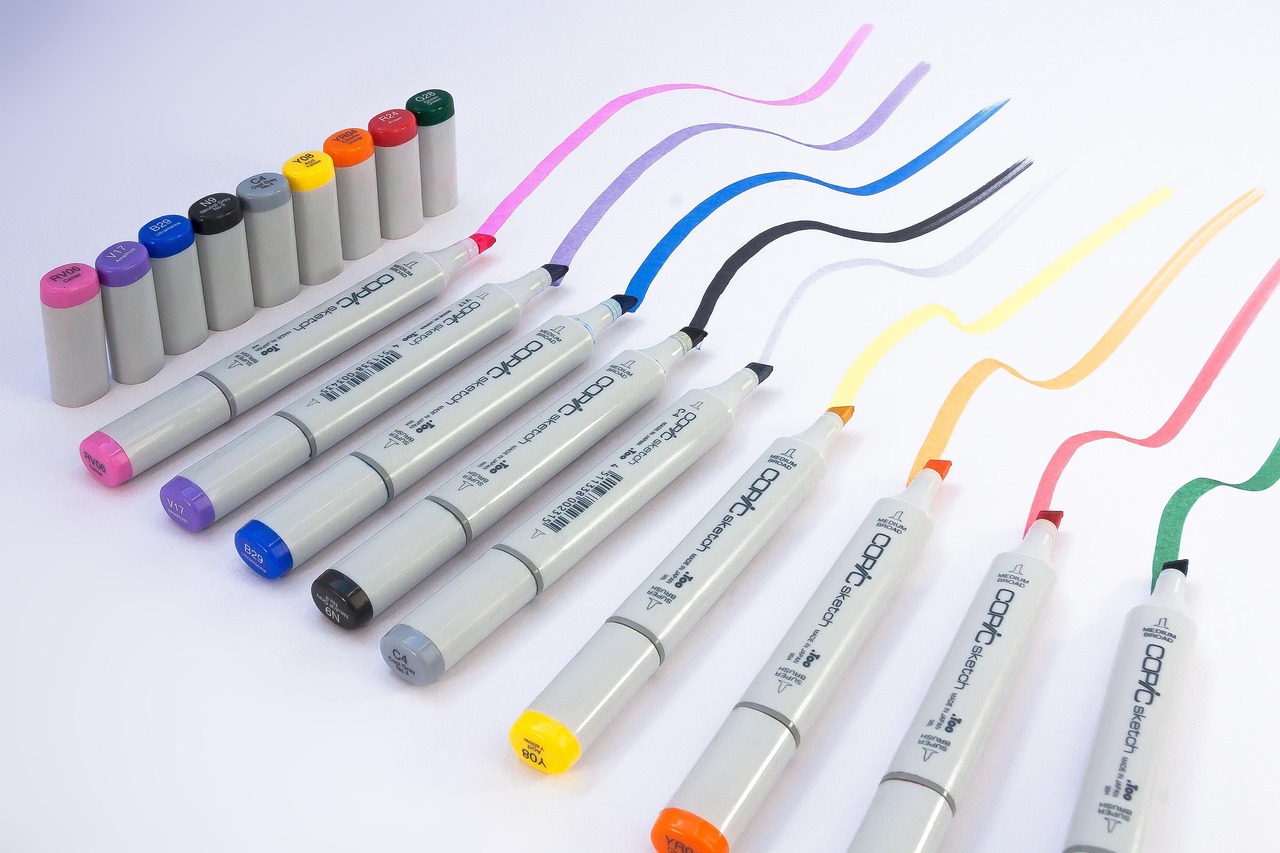Introduction
If you’re a designer, writing a compelling Behance case study can be the game-changer that lands you high-paying clients. Many designers simply upload their work, but those who craft well-structured case studies stand out, attract premium clients, and build authority in the industry.
In this guide, you’ll learn how to write a Behance case study that ranks on Google, attracts high-paying clients, and establishes you as an industry expert.
Why a Great Behance Case Study Matters
Behance is more than a portfolio site; it’s a marketplace where clients and recruiters scout for talent. A well-optimized case study:
✅ Increases visibility – Shows up in Behance searches and Google rankings.
✅ Builds trust – Demonstrates your design thinking and expertise.
✅ Attracts high-value clients – Positions you as a problem-solver, not just a designer.
✅ Boosts engagement – Encourages likes, shares, and project saves.
Now, let’s break down how to craft a Behance case study that converts.
Step-by-Step Guide to Writing a High-Converting Behance Case Study
1. Craft an Attention-Grabbing Title (SEO-Optimized)
Your title should be clear, client-focused, and keyword-rich.
Examples:
✅ “From Concept to Conversion: A UX Case Study That Boosted Sales by 40%”
✅ “How I Designed a Mobile App That Got 50,000+ Downloads in 3 Months”
✅ “E-commerce UX Redesign: A Case Study on Improving Checkout Conversions”
SEO Tip: Use keywords like “UI/UX case study,” “high-paying clients,” and “design success story” in your title.
2. Start with a Strong Project Overview
The first section should provide a clear snapshot of your project.
✅ Client/Project Name: Who was this project for?
✅ Industry: What niche was it in? (e.g., fintech, e-commerce, SaaS)
✅ Project Goals: What problem were you solving?
✅ Your Role: What was your contribution?
✅ Results: Showcase measurable success (e.g., increased user retention by 35%).
Example:
“I was hired by a SaaS startup to redesign their onboarding experience. The challenge was to reduce user drop-off during sign-up. Through strategic UX improvements, we increased activation rates by 48%.”
3. Show the Problem and Challenges
High-paying clients want problem-solvers. Clearly define the challenge.
- Bad Example: “The client wanted a new website.”
- Good Example: “The client’s website had a 70% bounce rate due to poor navigation and slow load times. My goal was to enhance user flow and performance.”
SEO Tip: Use keywords like “UX challenges,” “design solutions,” and “case study analysis.”
4. Explain Your Design Process (With Visuals)
Clients love seeing your thought process. Break it down into phases:
✅ Research & Discovery – User research, competitor analysis, pain points.
✅ Ideation & Wireframing – Sketches, wireframes, information architecture.
✅ Prototyping & UI Design – Color schemes, typography, branding.
✅ User Testing & Refinements – A/B testing, user feedback, design improvements.
Pro Tip: Use high-quality images, UI mockups, and before/after comparisons.
Example:
“We tested three different landing page designs. The winning version increased sign-ups by 65%, proving the impact of simplified navigation and clear CTAs.”
5. Showcase Measurable Results
High-paying clients want proof of success. Include key metrics:
Good Example:
✅ “Increased conversion rates by 42%”
✅ “Reduced checkout time by 30 seconds”
✅ “Grew app downloads from 5,000 to 50,000 in six months”
Bad Example:
“The client was happy with my design.” (Too vague)
SEO Tip: Use numbers and industry-specific keywords like “UX improvements,” “conversion optimization,” and “customer retention.”
6. Add a Call-to-Action (CTA) to Get Clients
End your case study with a clear CTA that encourages potential clients to reach out.
Example CTA:
“Looking to improve your website’s UX and conversions? Let’s work together! Contact me here.”
“Need a high-converting mobile app? Let’s talk.”
💡 SEO Tip: Link to your portfolio, LinkedIn, or booking page.
SEO Optimization Tips for Ranking on Google & Behance
To make your Behance case study rank higher:
✅ Use Keywords Naturally: Place high-ranking keywords in titles, headers, and image descriptions.
✅ Optimize Image Alt Text: Describe your images with relevant keywords (e.g., “UX case study for fintech app”).
✅ Backlink to Authority Sources: Link to credible design blogs like Smashing Magazine, UX Design.cc, or Nielsen Norman Group.
✅ Engage Your Audience: Ask readers to comment, like, and share.
✅ Update Your Case Studies Regularly: Google loves fresh content.
Conclusion
A well-structured Behance case study is your ticket to attracting high-paying clients. By following this guide, you’ll create case studies that:
✅ Stand out on Behance
✅ Rank on Google
✅ Convert visitors into paying clients
Next Steps:
- Need a pro-level UX case study template? Download my free template here!
- Want expert feedback on your case study? Book a consultation today!
Your Turn!
Have you written a Behance case study before? Drop your link in the comments—I’d love to check it out!
Share this Post!
If this guide helped you, share it on LinkedIn, Twitter, or Facebook to help other designers!





